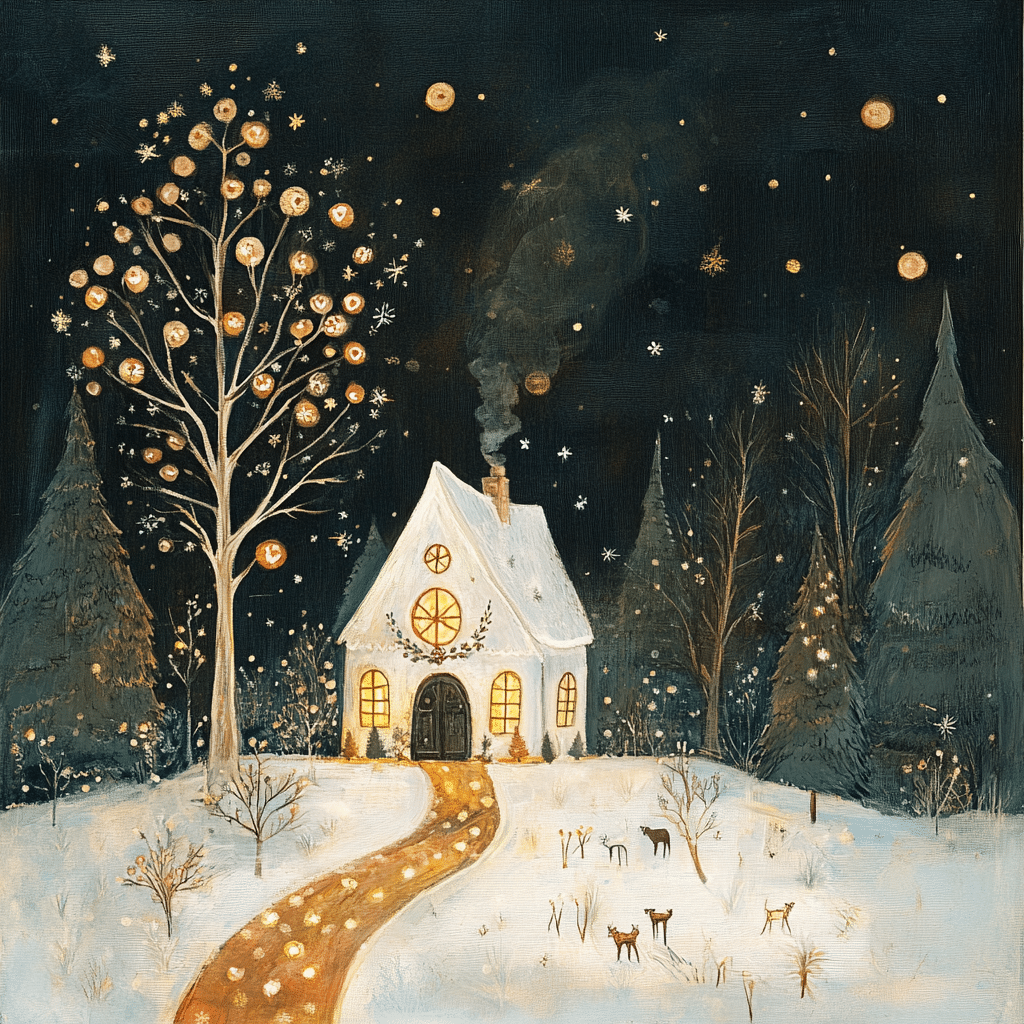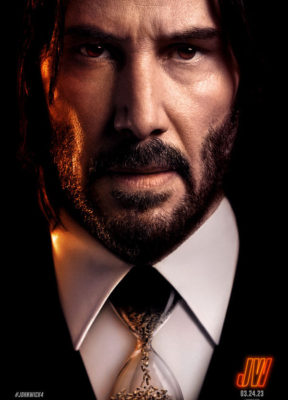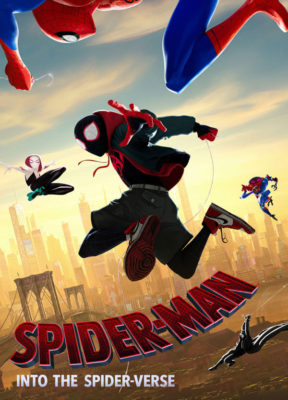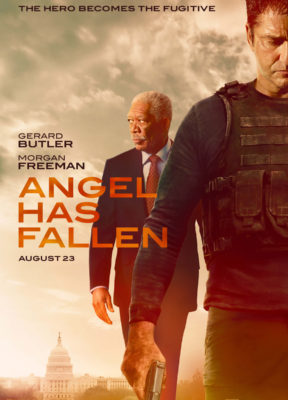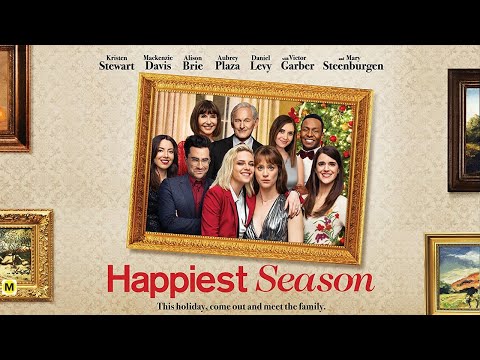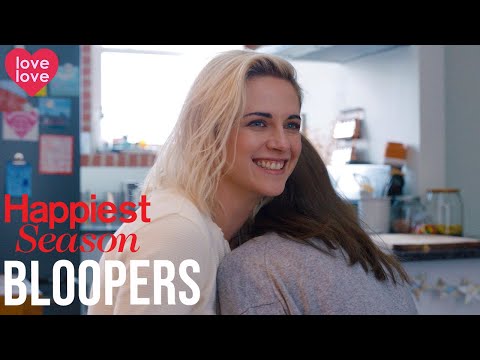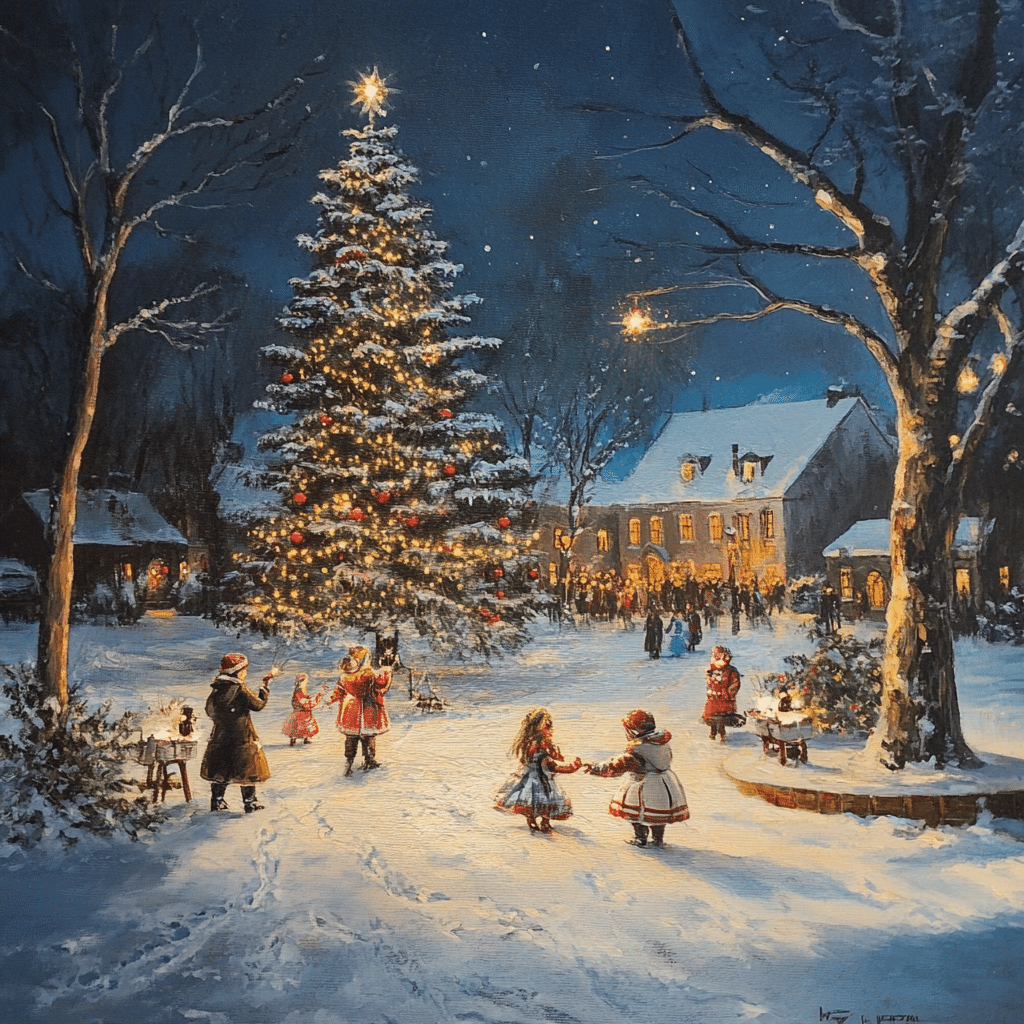
Happiest Season Unwraps Heartwarming Lgbtq+ Love Story
Celebrating LGBTQ+ Representation in Festive Films
In today’s world, representation in media matters more than ever, and “Happiest Season” stands tall as a significant beacon in this landscape. This film uniquely shares a same-sex couple’s journey during the holidays, steering clear of the formulaic romantic plots familiar in traditional holiday films. The heartwarming story reveals Abby’s struggle as she navigates her relationship with Harper amidst the challenges presented by Harper’s conservative family. As viewers, we cheer for characters who resonate with our experiences, creating moments of catharsis and pride. By embodying real struggles, “Happiest Season” not only entertains but also invites meaningful connections with its audience.
Moreover, this film sparks crucial conversations about LGBTQ+ narratives in mainstream cinema. Viewers have been hungry for richer, more authentic portrayals, and “Happiest Season” delivers. With its strong emphasis on love, acceptance, and family dynamics during the often stressful holiday season, it evokes both laughter and heartfelt emotions. As we cozy up to our screens during the festive season, stories like this remind us that everyone deserves the kind of love that fills the room with warmth.
The film’s release illustrates the ever-growing demand for inclusive storytelling in Hollywood. Audiences want to feel represented, and “Happiest Season” boldly reflects that desire. In doing so, it opens doors for other filmmakers to step in and share diverse stories, enriching the cinematic landscape for all.
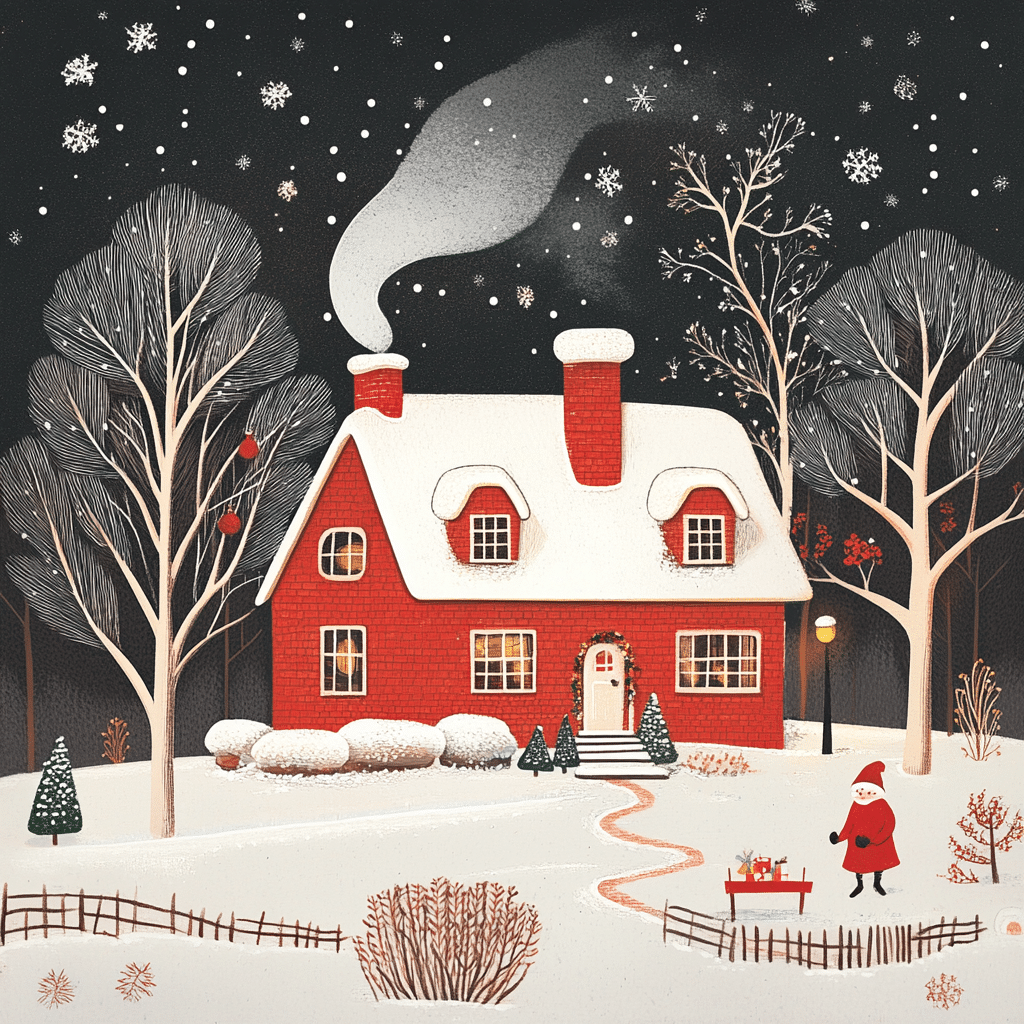
Top 5 Takeaways from “Happiest Season” and Its Impact on LGBTQ+ Cinema
Behind-the-Scenes: The Making of “Happiest Season”
At the helm of this charming flick is Clea DuVall, whose vision was deeply influenced by her own experiences. As an openly queer filmmaker, she lends authenticity to characters, ensuring they feel real and relatable. DuVall’s collaboration with a predominantly LGBTQ+ creative team enriches the story with fresh perspectives, setting a trend that hopefully inspires future indie productions.
The script, co-written by DuVall and Mary Holland, showcases their skill in intertwining humor and heartfelt emotion. Their writing allows the characters to evolve meaningfully throughout the narrative. Each scene resonates with viewers, as it reflects the real struggles faced by many LGBTQ+ individuals while simultaneously delivering much-needed holiday cheer.
As the film positions itself in the ongoing conversation about diverse representation, it illuminates the importance of including a range of voices behind the camera. Filmmakers must continue to heed this call, as a vibrant creative landscape can lead to more nuanced storytelling, similar to the engaging narratives showcased in movies like “Casos Asunta” or Trial Balance.
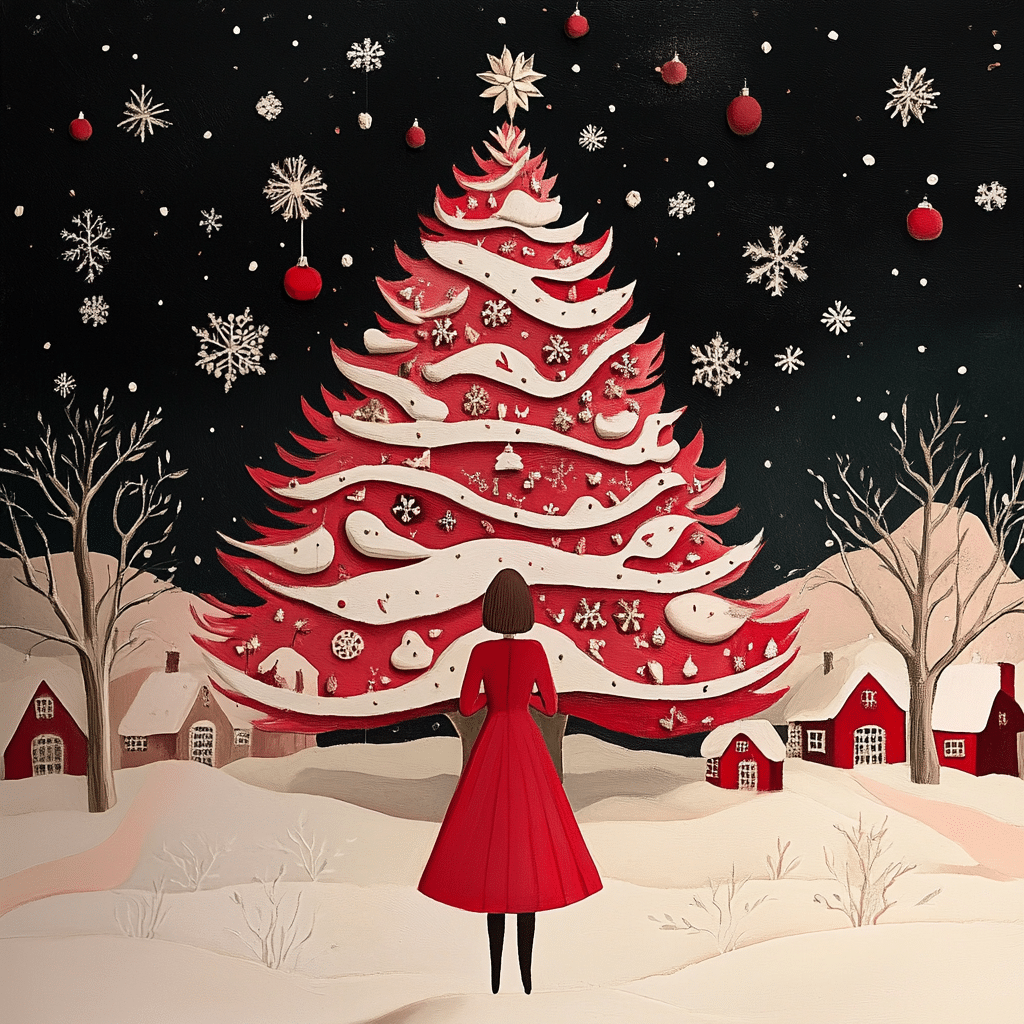
Comparing “Happiest Season” to Other Holiday Films
Looking at the holiday film landscape, “Happiest Season” emerges as a trailblazer. Traditional holiday movies often echo stories of heterosexual couples, leaving a void for narratives centered around LGBTQ+ relationships. When comparing “Happiest Season” to films like “Love, Simon” and Netflix’s “The Christmas House,” we recognize an evolving genre that embraces the complexities of queer love.
While “Happiest Season” shares thematic elements with these films, it distinguishes itself through its focus on family dynamics, making us grapple with acceptance and love during the most wonderful time of the year. Audiences are responding positively; its box office success shows there’s a genuine appetite for inclusive stories that reflect today’s society.
With heartfelt narratives about queer love gaining traction, the door opens wider for new films to offer similar experiences. With the push from platforms like Buzz Lightyear toy and organizations focused on representation, there’s palpable momentum toward a holiday movie landscape that celebrates diverse relationships without reservation.
The Future of LGBTQ+ Stories in Mainstream Cinema
The reception of “Happiest Season” reflects an undeniable evolution in the appetite for authentic representation. As 2024 unfolds, it’s likely that filmmakers will continue to draw lessons from its compelling storytelling approach. The narrative that retains its heart while addressing profound subject matter holds great promise for future productions.
The surge in streaming platforms further allows marginalized stories to find their voice, creating spaces for narratives that reflect real-life experiences. This shift results in a more diverse cinematic landscape, where LGBTQ+ stories are not relegated to the background but take center stage in the mainstream.
As more films follow “Happiest Season’s” bold footsteps, the future looks bright for LGBTQ+ narratives in cinema. Its success serves as a reminder that representation matters, and as audiences embrace these heartfelt stories, we can anticipate an exhilarating wave of new tales that celebrate love in all its forms.
An Inviting Future for LGBTQ+ Holiday Tales
As we look ahead, “Happiest Season” shines brightly as a symbol of hope for more LGBTQ+ storytelling in cinema. This feel-good narrative, wrapped in holiday cheer, not only uplifts viewers but also encourages us to honor diverse experiences in all forms of storytelling.
With audiences increasingly eager to engage with authentic narratives, it’s clear that the demand for heartfelt experiences will only grow. As more films emerge, there’s an exciting opportunity to continue unpacking the rich tapestry of love and acceptance, ensuring that every season can indeed be the happiest one for everyone.
In a world longing for connection, stories like “Happiest Season” remind us of the power cinema has to unite and inspire across communities. Let’s unwrap that gift together.
Keep an eye on films that celebrate similar themes, like those exploring new perspectives within cinematic storytelling!
Happiest Season: Fun Trivia and Interesting Facts
A Heartfelt Journey
“Happiest Season” isn’t just a festive film; it’s a beacon of hope and love, especially for the LGBTQ+ community. Did you know that the film features an impressive ensemble cast, including Benjamin Levy aguilar, who brings charm to his role and showcases the diversity we desperately need? These captivating performances are the heart and soul of the movie, making it relatable for audiences all around. While cutting-edge narratives have their place, this film reintroduces traditional themes with a fresh twist, reminiscent of the quirky style seen in uniting concepts like puppy monkey baby, where unexpected combinations delight viewers.
Behind the Scenes
The production of “Happiest Season” had a few interesting nuggets behind it. The film’s strong narrative and emotional depth mirror the strong convictions that went into its creation. Director Clea DuVall captures the essence of a holiday season filled with love, much like the heart-warming stories surrounding events such as Caso Asunta, reminding us to cherish familial bonds and acceptance. Plus, the film’s festive backdrop offers a visual candyland that parallels the imaginative creations at Mancrates, which add their own spirit of celebration.
Love and Laughter
The “happiest season” truly shines a light on relatable comedic moments, much like the ensemble found in the That’s My Boy cast, who deliver laughs while embodying love in various forms. The balance of romance and humor makes for an unmissable experience. This film branches into a meaningful conversation about acceptance, showing parallels with films that celebrate innovation and creativity, much like the Mission Impossible 4 cast did with their electrifying performances. So grab your loved ones and settle in for a cinematic experience that promises to linger long after the credits roll!
